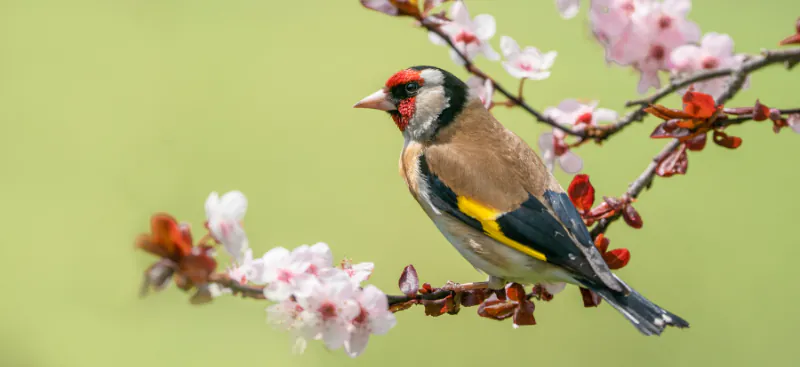How to Care for Garden Birds in Spring
Spring has finally sprung, and that can only mean one thing for wild birds...nestlings are on the way! The busiest time of year for our feathered friends, and the most exciting time for us as we watch our gardens come to life with the hustle and bustle. If you're stuck on ideas on how to care for garden birds in spring, see below for tips and tricks that can help guide you through the season. From nest boxes to nutritional food, find out how you can lend a hand in the simplest ways.
Spring Bird Feeding
With nesting season in full swing, birds will be using more energy to build their nests, lay their eggs, defend their territory, and scavenge for food to feed their young. Spring also means we welcome the returning migration birds, and they'll need help replenishing the many calories burned during their long expedition. The food you provide to your garden birds can significantly impact their reproductive success and the survival of their young.
What to feed garden birds in spring?
During spring, garden birds will need food rich in calories, protein, and nutrition. Sunflower Hearts are an excellent choice as they're packed with healthy oils, protein, and have a high energy content- plus, various birds love them! Mealworms and calci worms are also beneficial in Spring as they are high in nutritional value, protein, and an excellent source of calcium, which will strengthen bones/ feathers and improve egg production. Here are some of the best foods you can feed your garden birds in Spring.
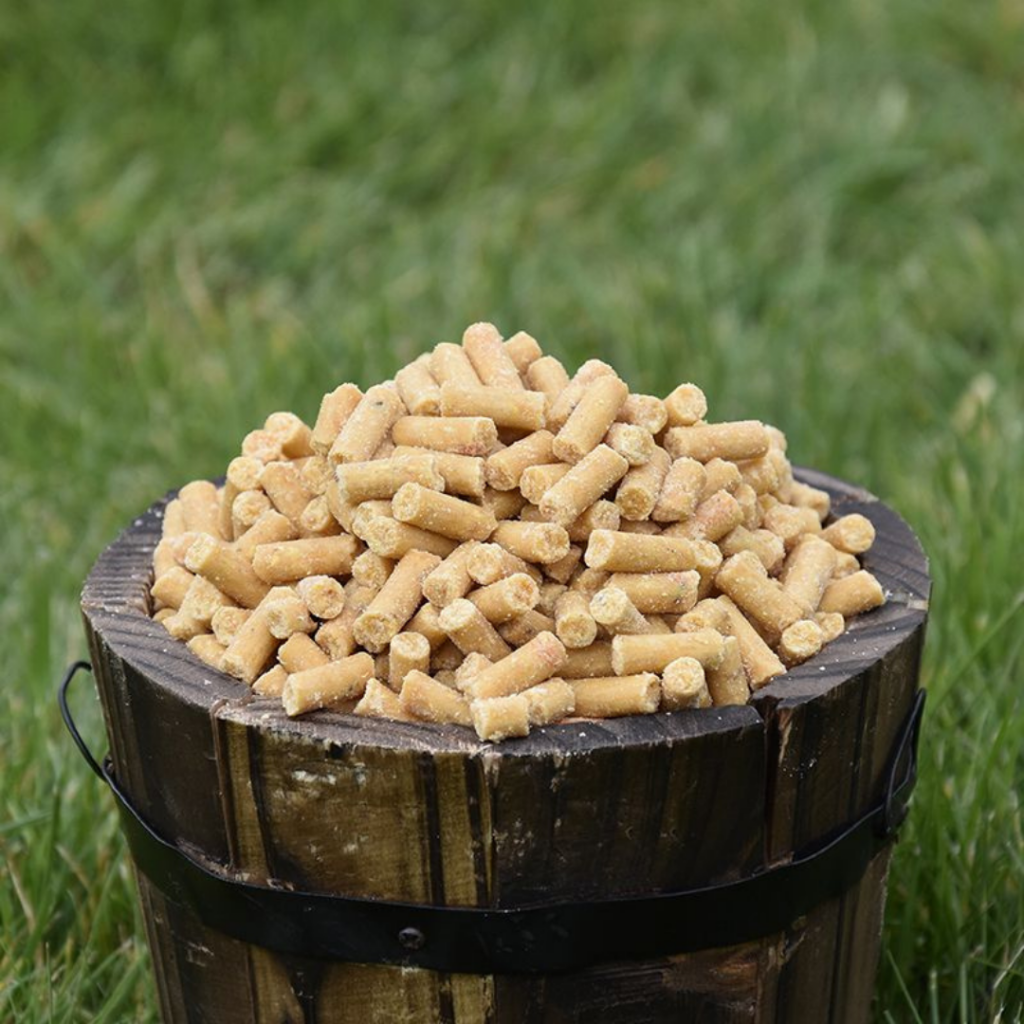
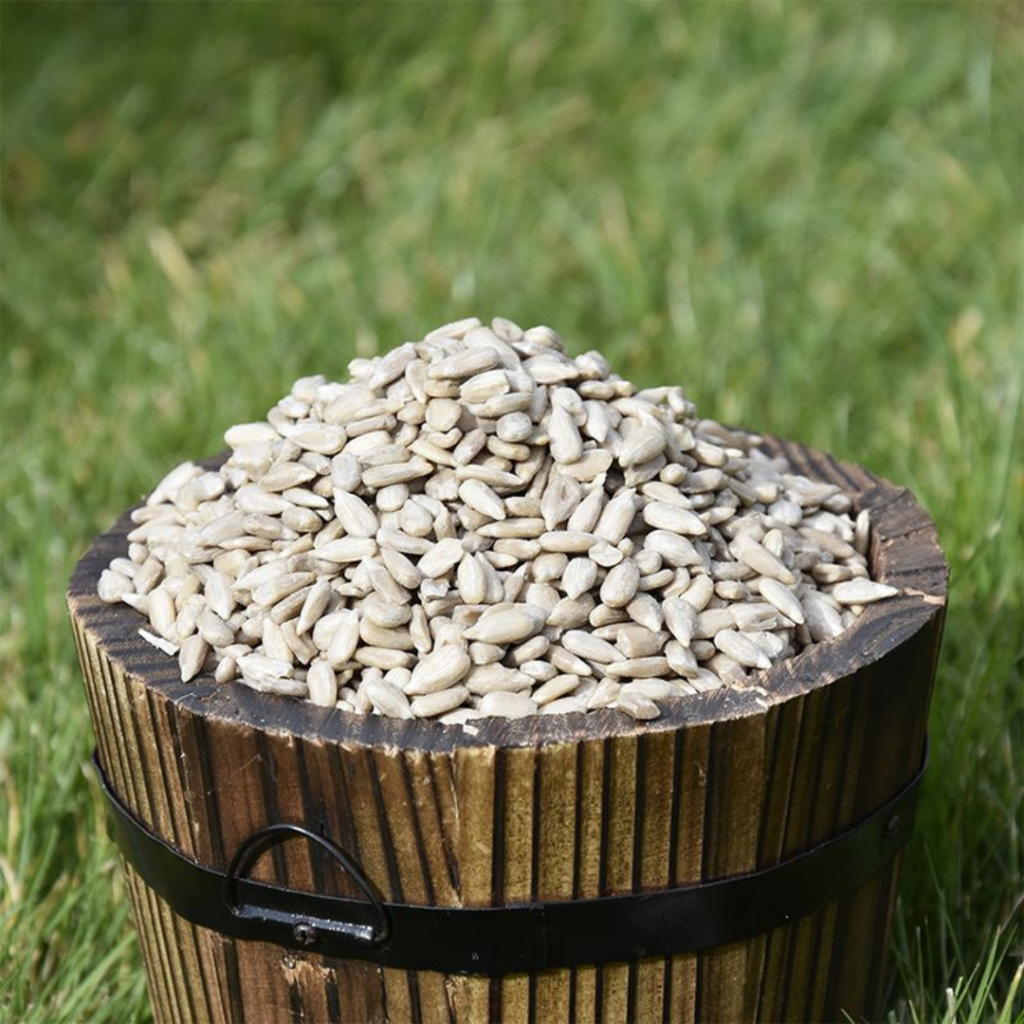
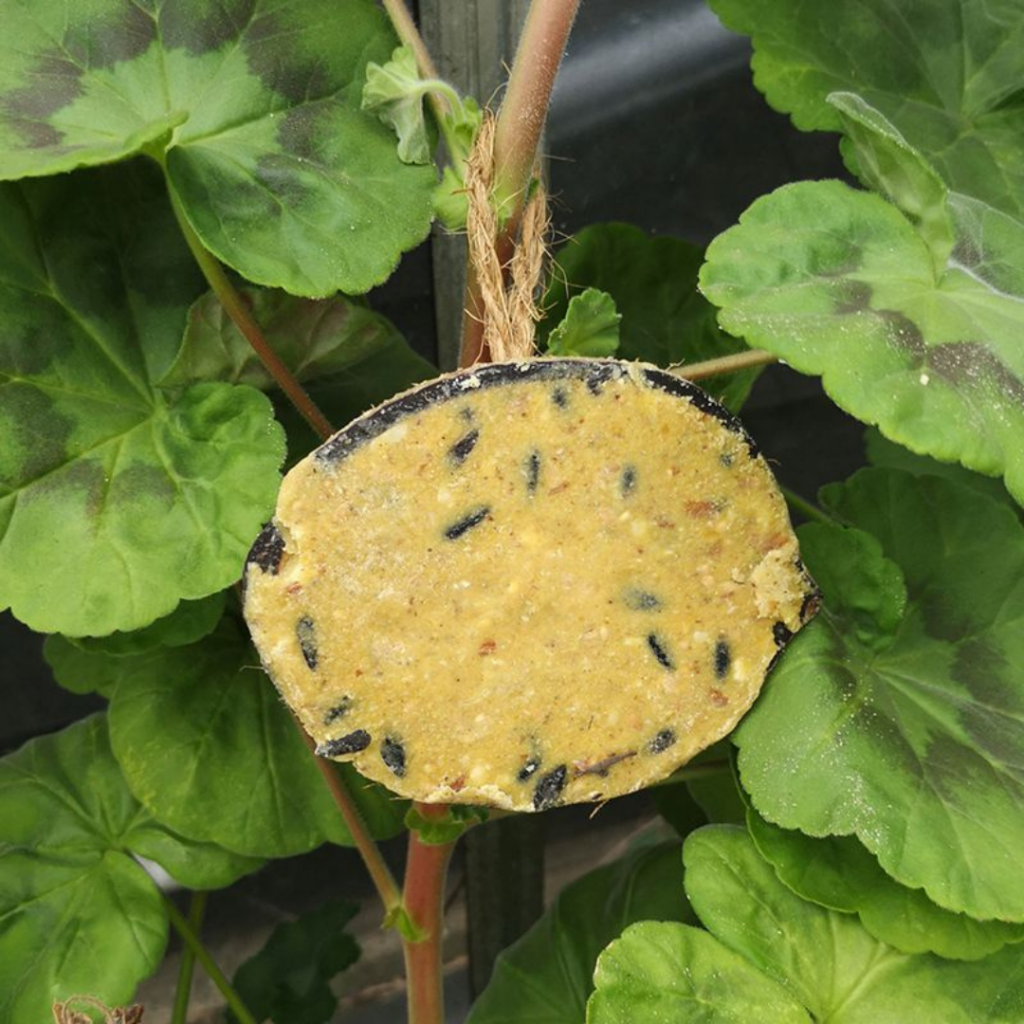
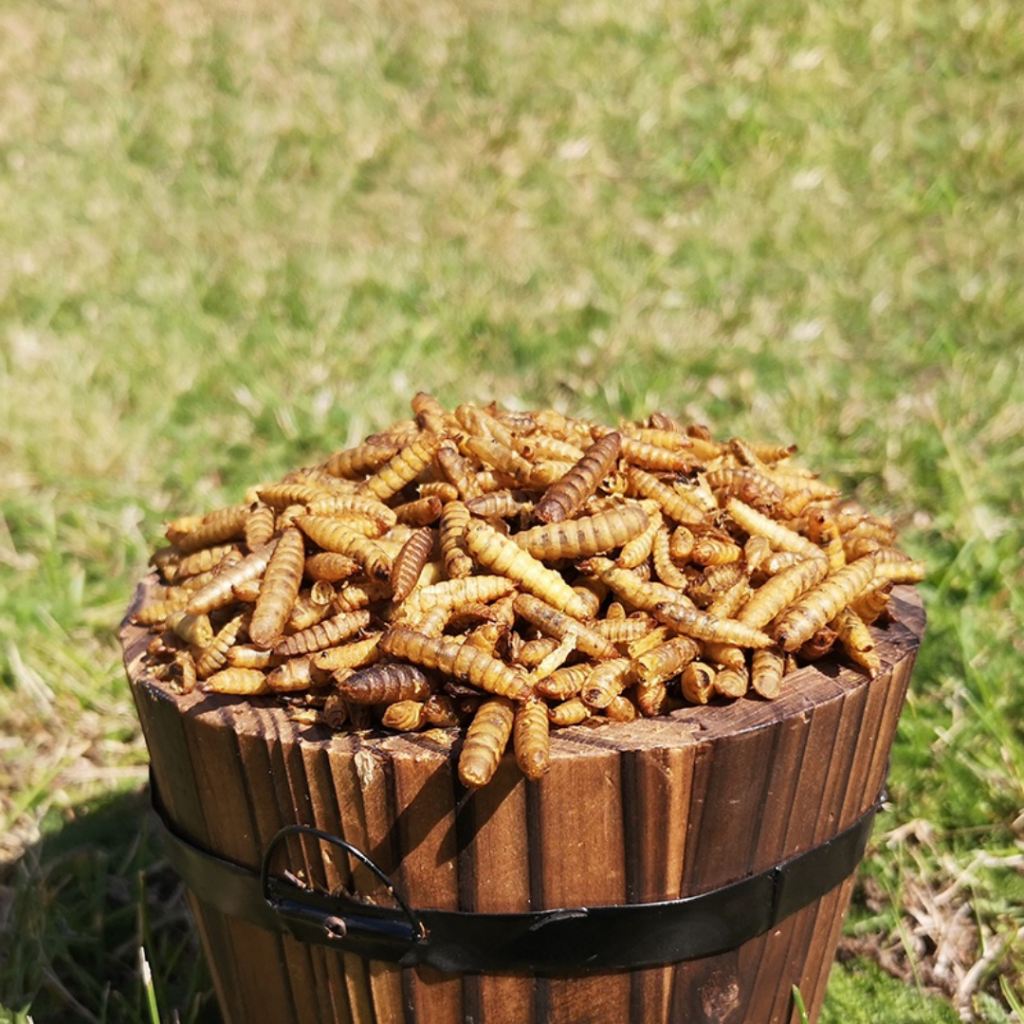
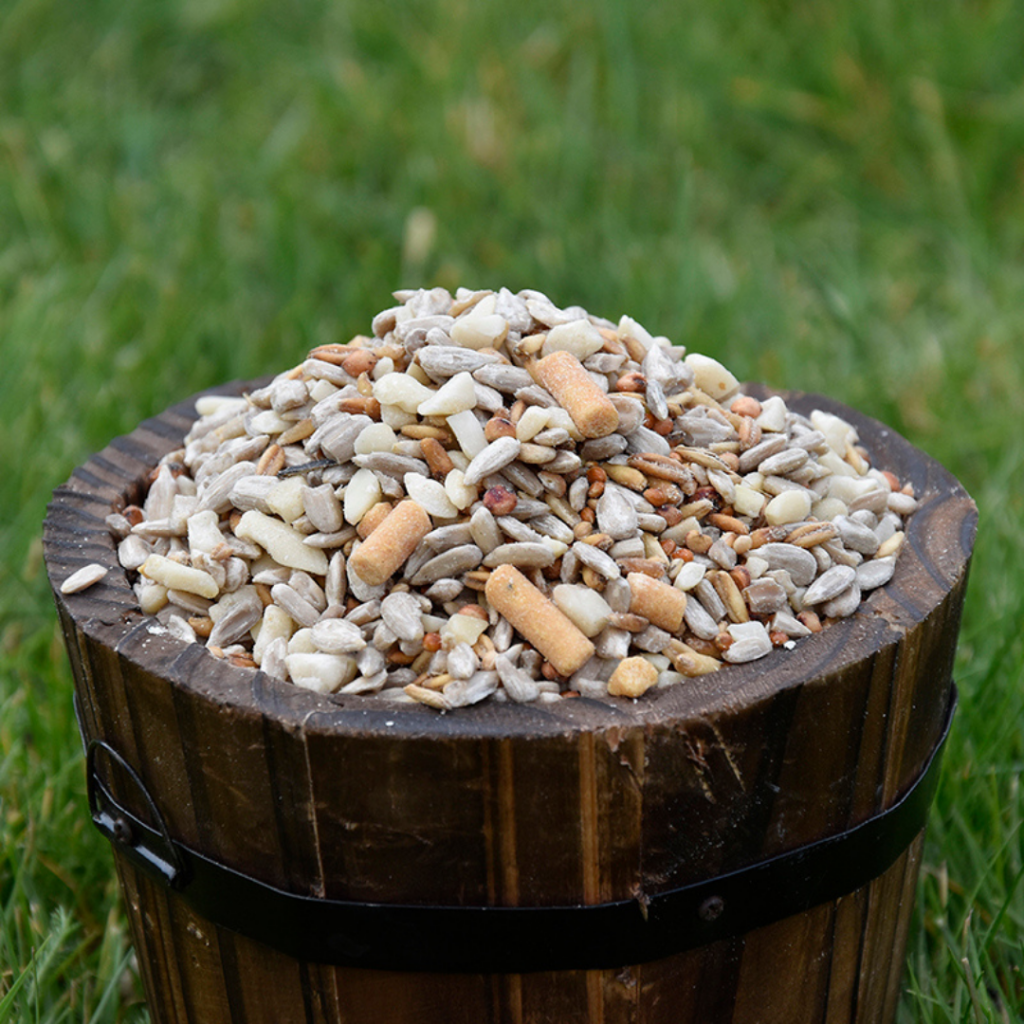
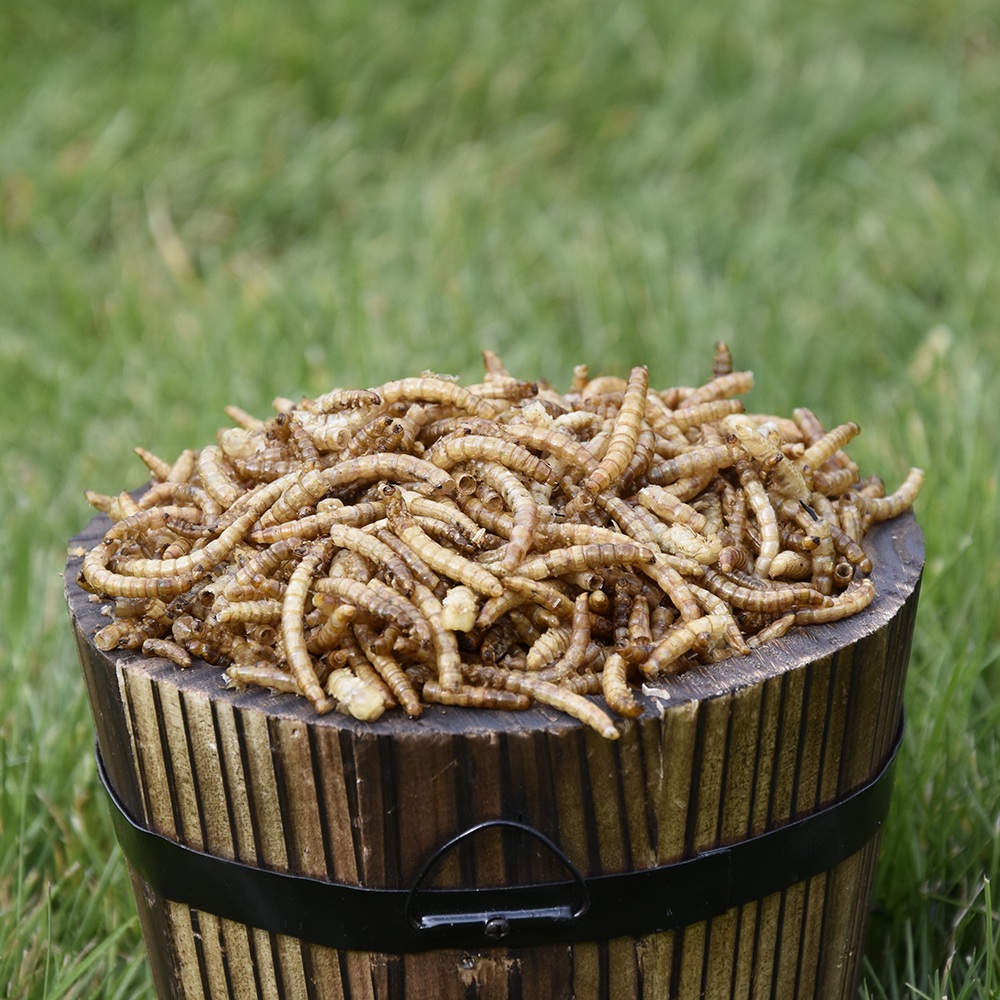
What to feed fledgling birds?
It's important to remember that the end of spring - beginning of summer brings the fledgling season, and young birds will be flying the nest to feed. Fledglings may be at risk of choking on large seeds and food such as peanuts, so it's best to provide small granules in your garden during this time so that young birds can consume them easily. Take down any large seeds and peanuts to avoid fledglings being tempted to eat them and risk choking. Here is a selection of our fledging-friendly bird food.
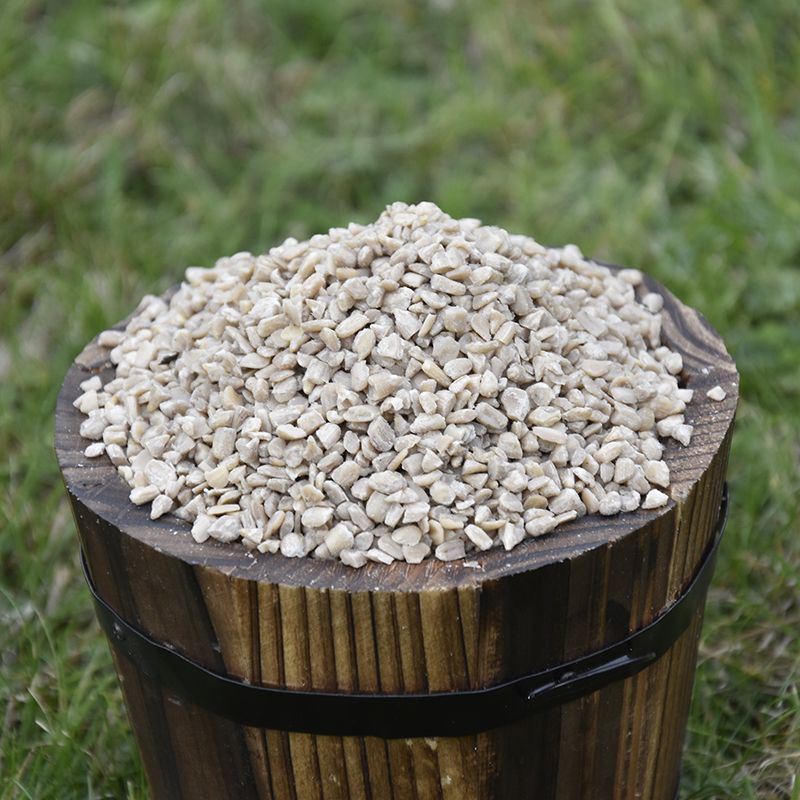
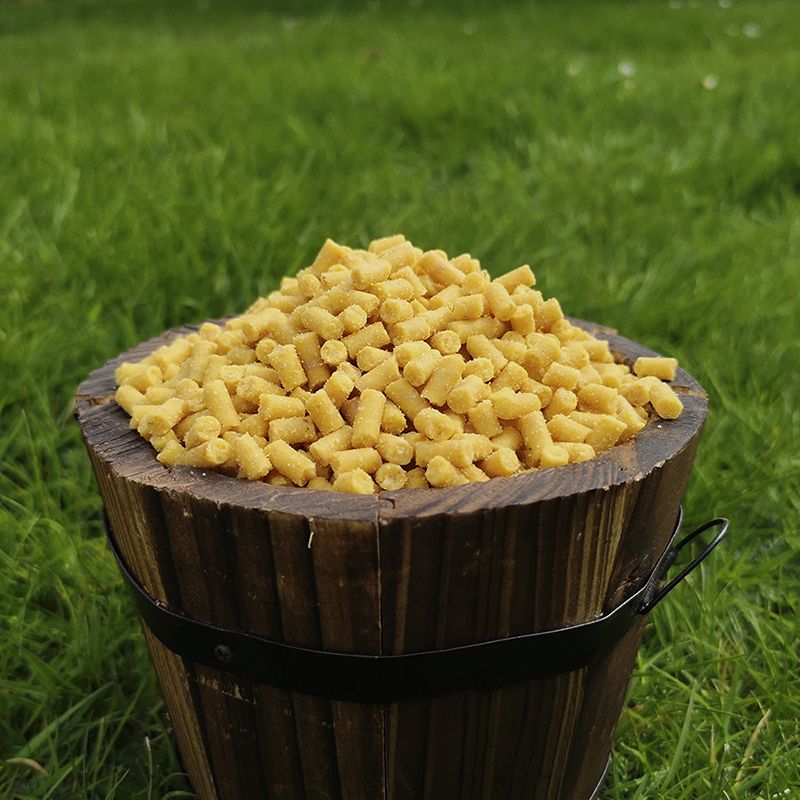
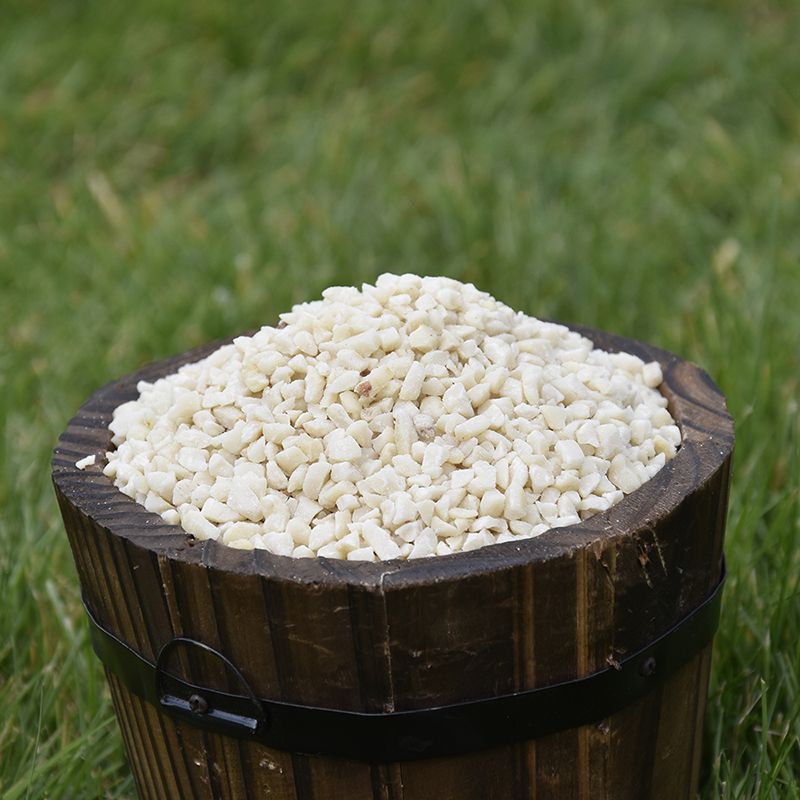
Nest Boxes
Natural nesting holes are running out for birds, and with fewer homes to raise their young, there is now a decline in population for many species. This is why placing a nest box in an outdoor space/garden could be the best thing you do for them. Not only have you played a crucial role in their survival, but you will also have front-row seats in watching the fascinating lifecycle of birds! If you're a novice when it comes to nest boxes, check out The Beginner's Guide to Putting up a Nest Box, which can guide you through the whole process.
The nesting season may have already begun, but it is never too late to put up a nest box. Garden birds can nest all the way until the end of summer, and when autumn comes, they'll use the boxes for roosting to protect them through the harsh winter conditions. Not sure on which box to go for? We've put together a list of the Top 10 Nesting Boxes for Garden Birds you can choose from.
Hydration
As the temperature gradually rises and wild birds exert themselves more, it's essential to leave a regular supply of clean water in your gardens and outdoor space. Top up your water dish daily and clean it frequently to avoid the risk of the birds catching nasty diseases.
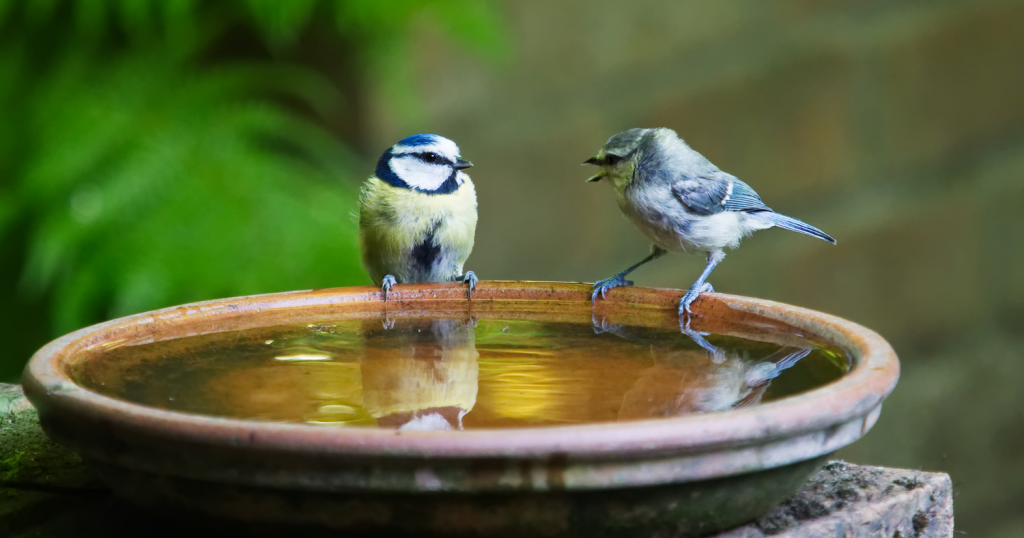
What garden birds will I see in spring?
Have you been awoken by the sounds of birds yet? Wild birds sing throughout the year, but their tunes become louder and more persistent in spring and early summer; this is known as the dawn chorus. Below is a list of birds you may hear in your garden this spring.
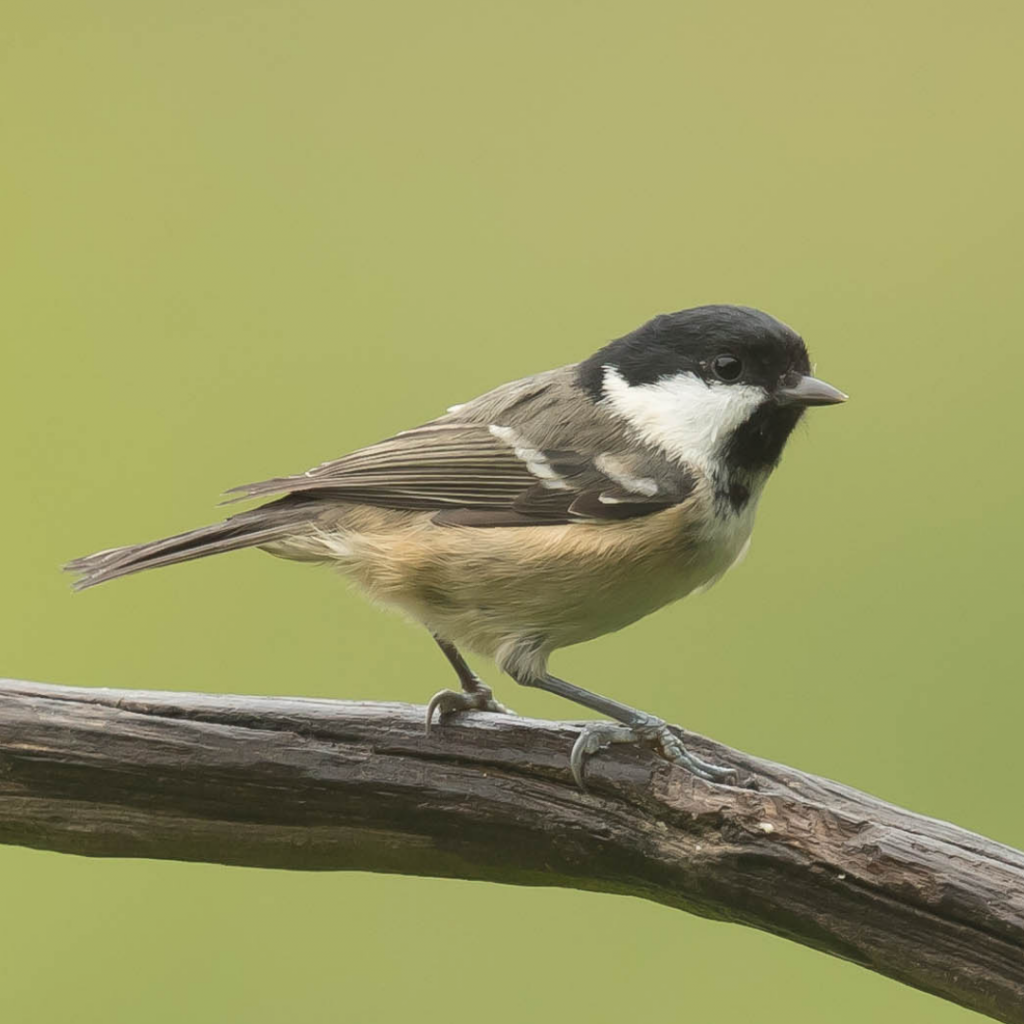
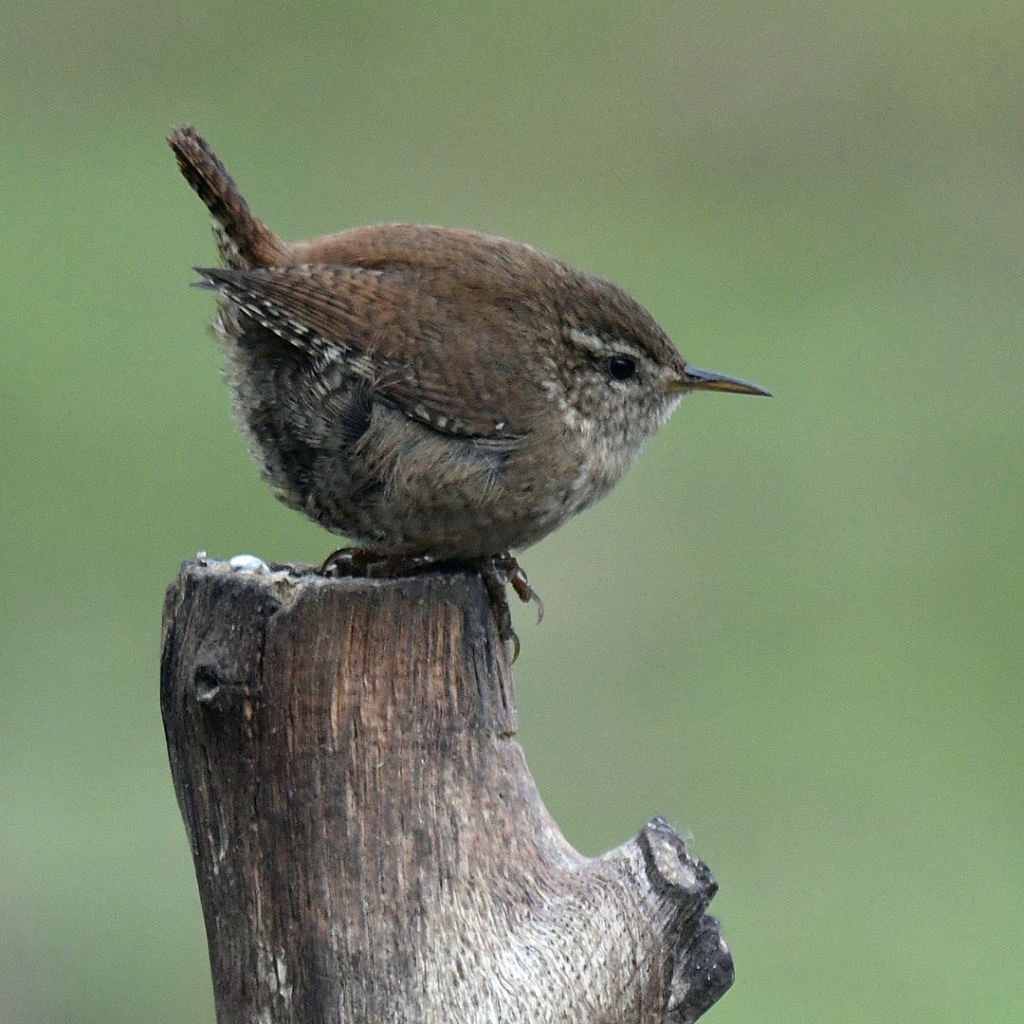
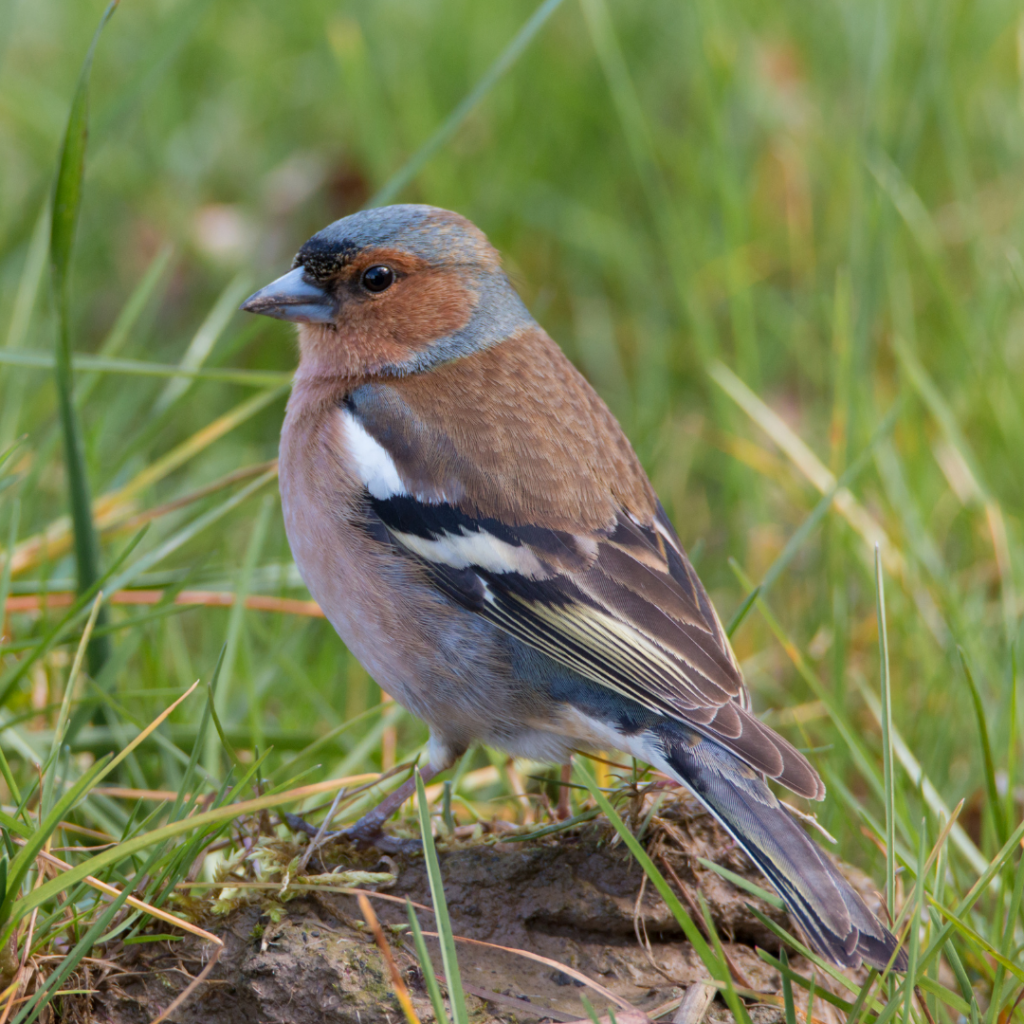
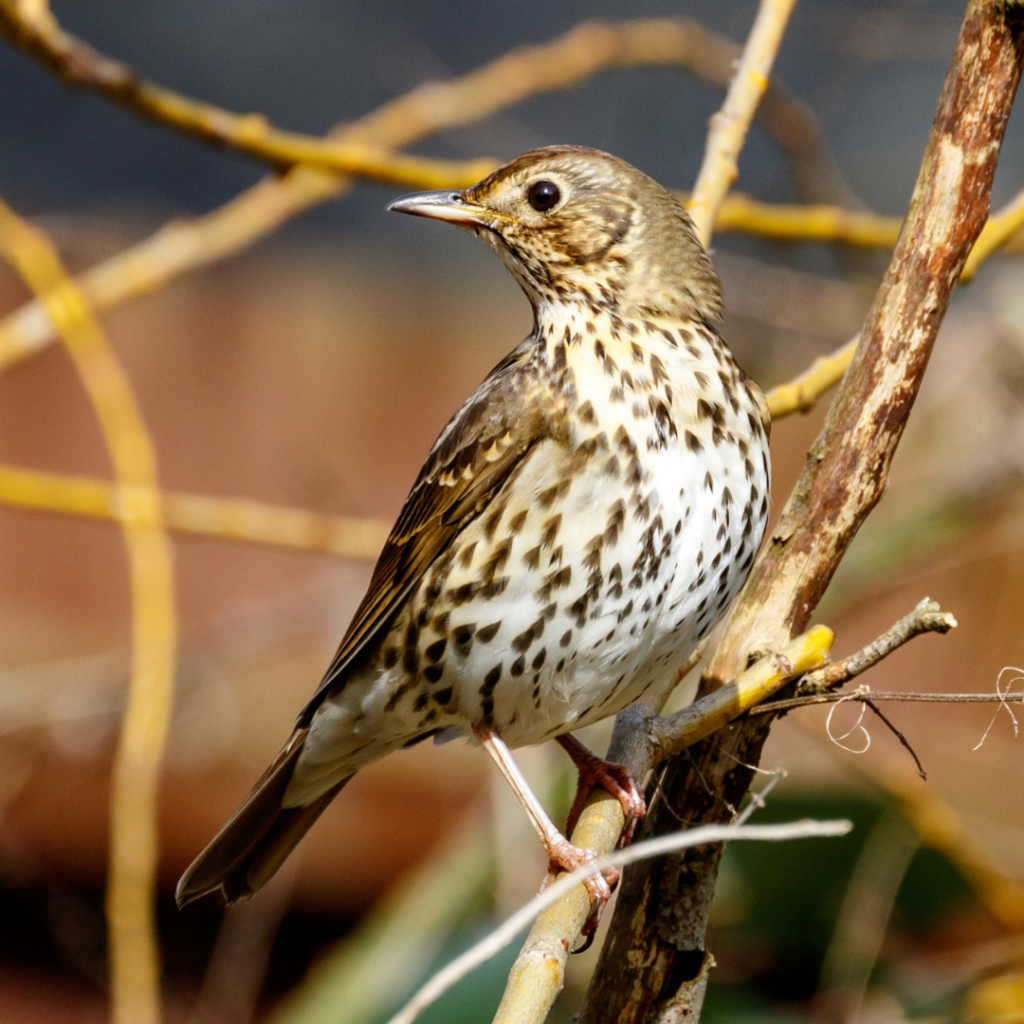
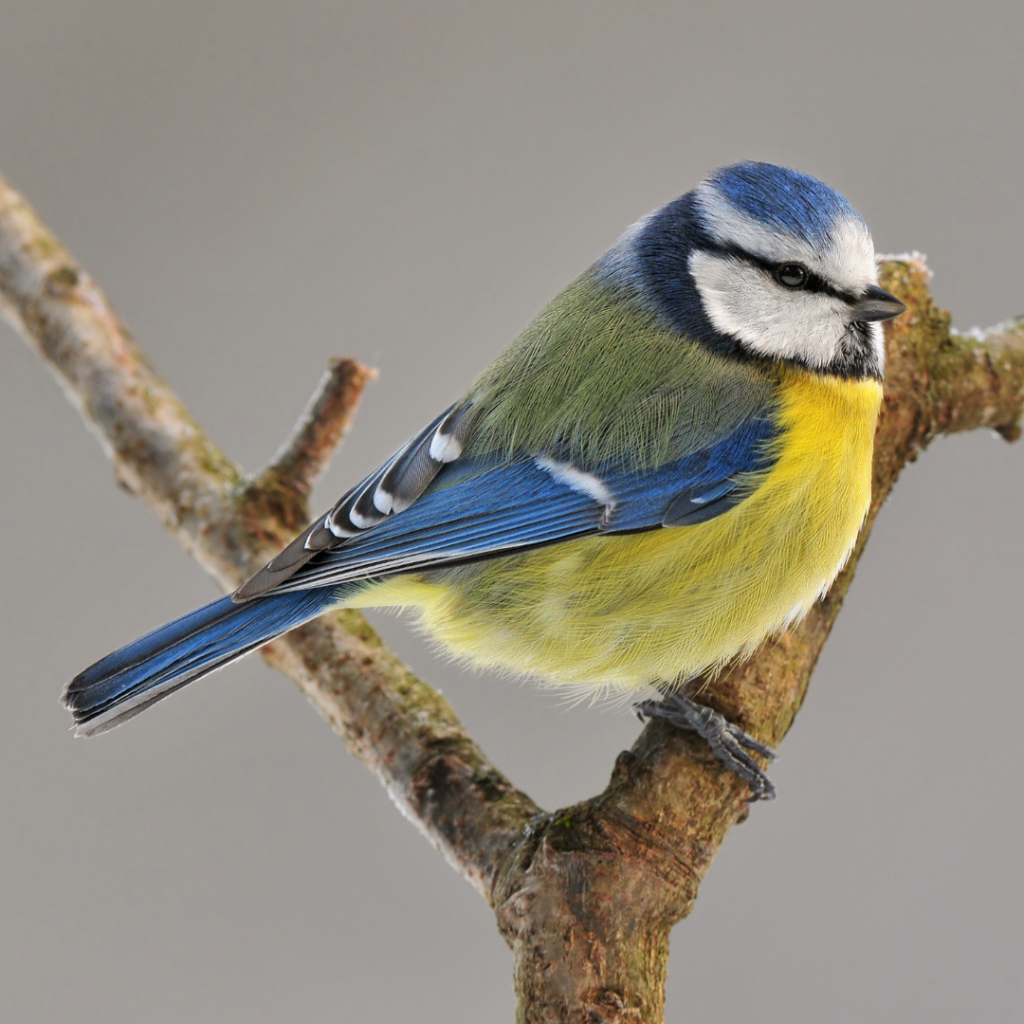
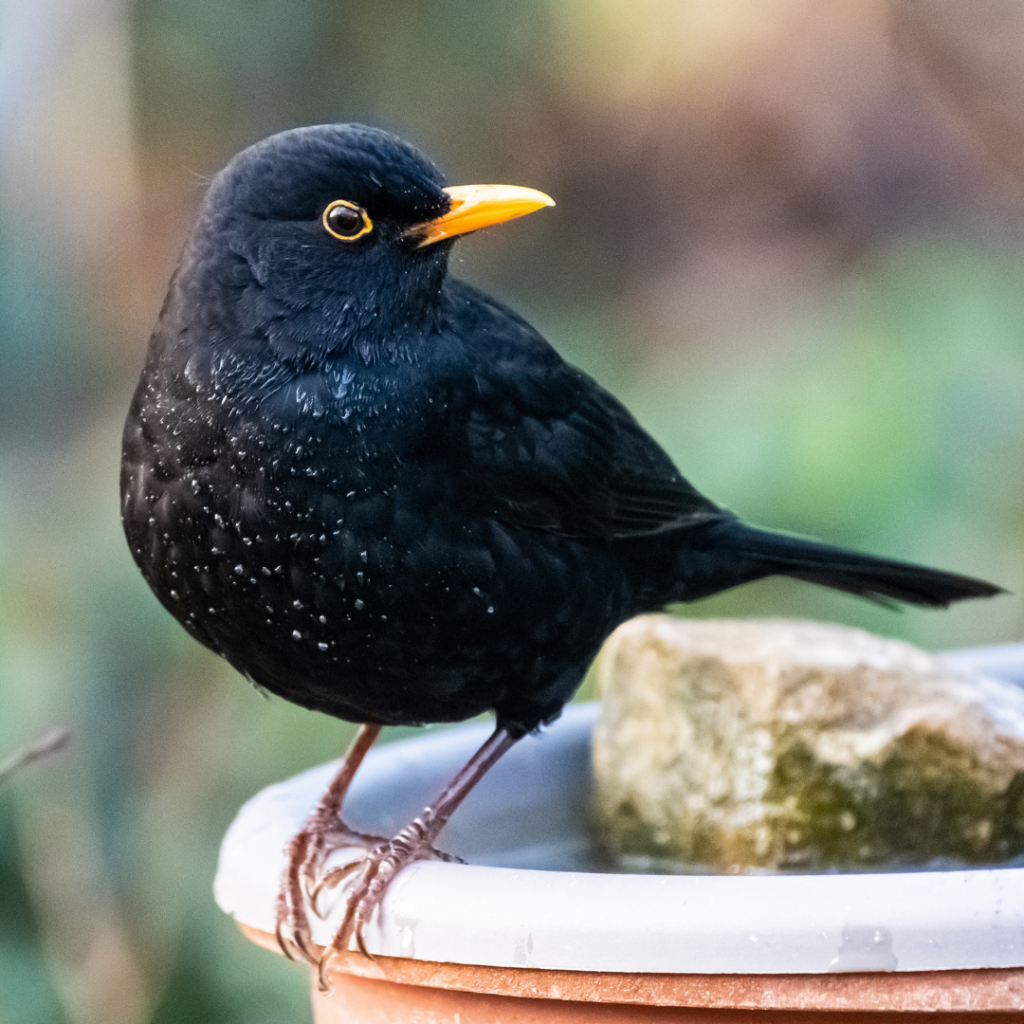
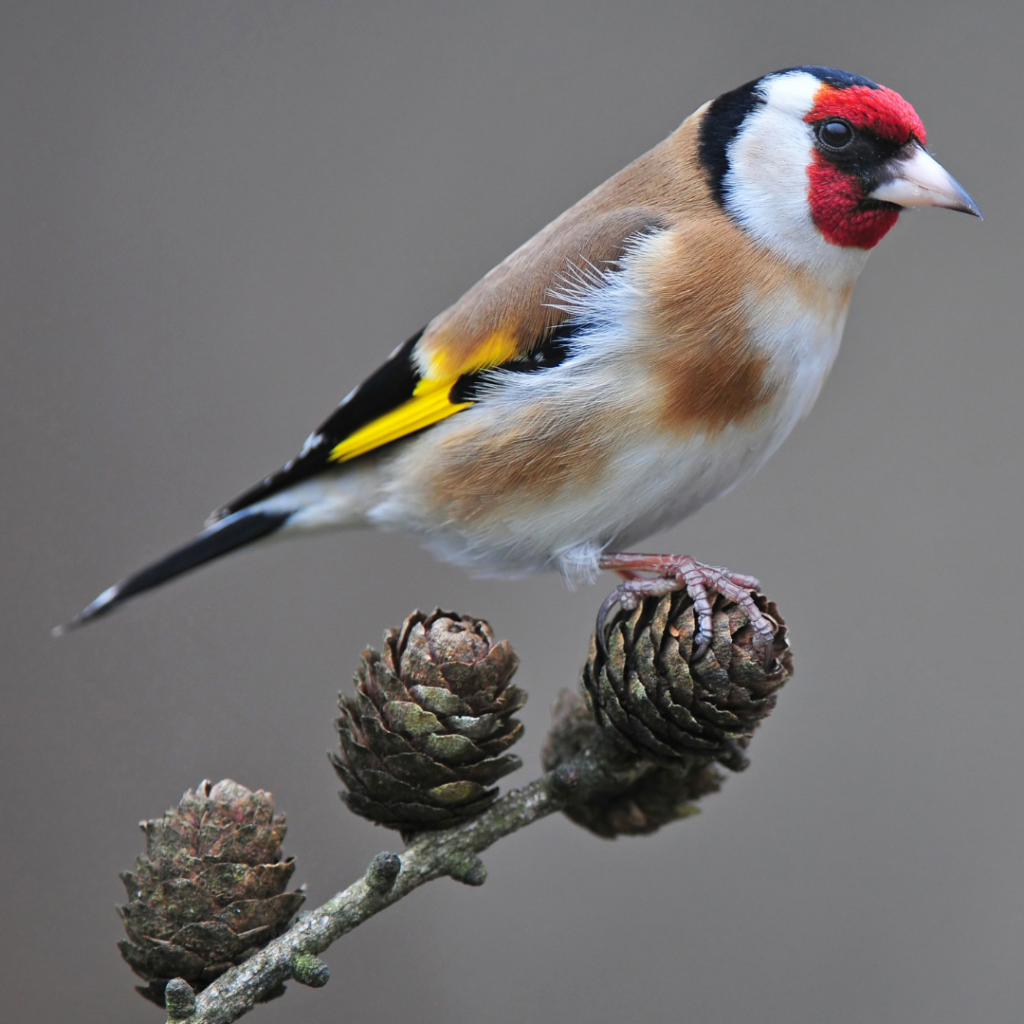
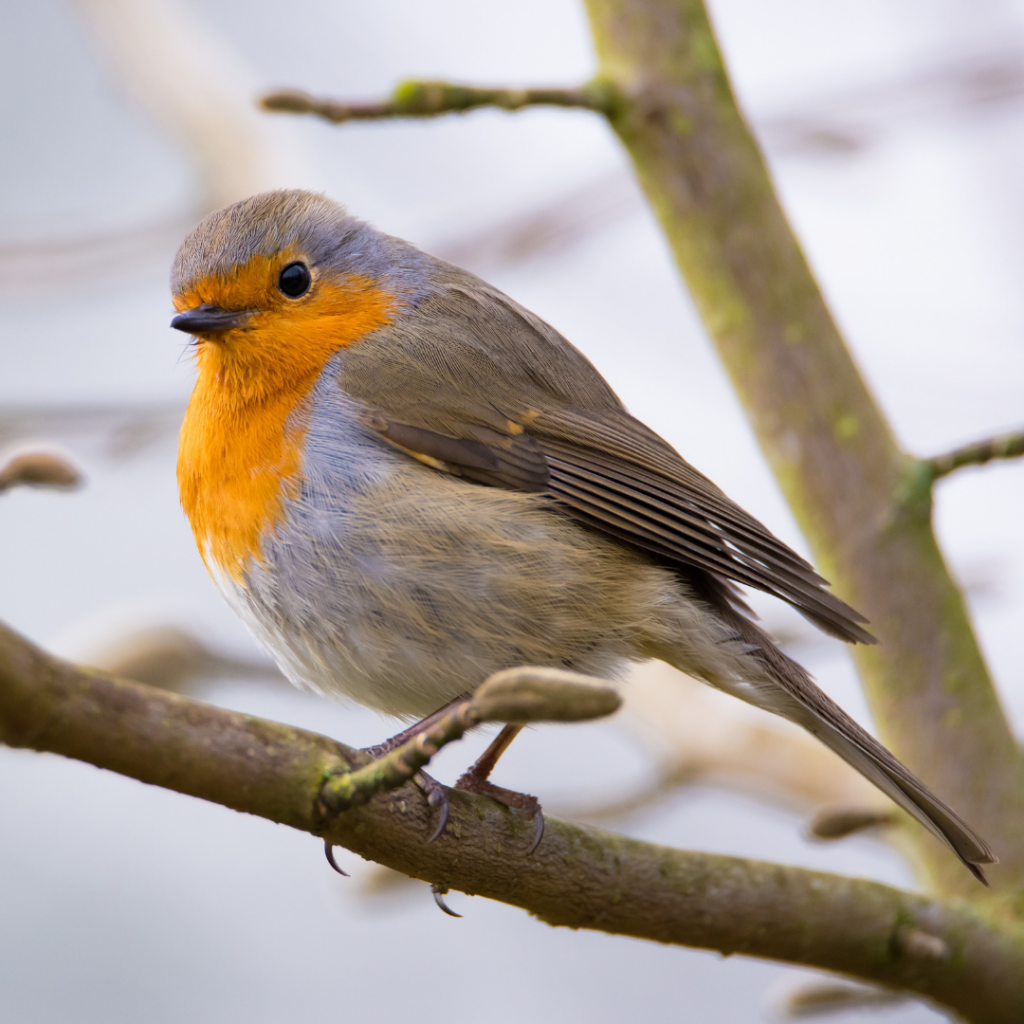
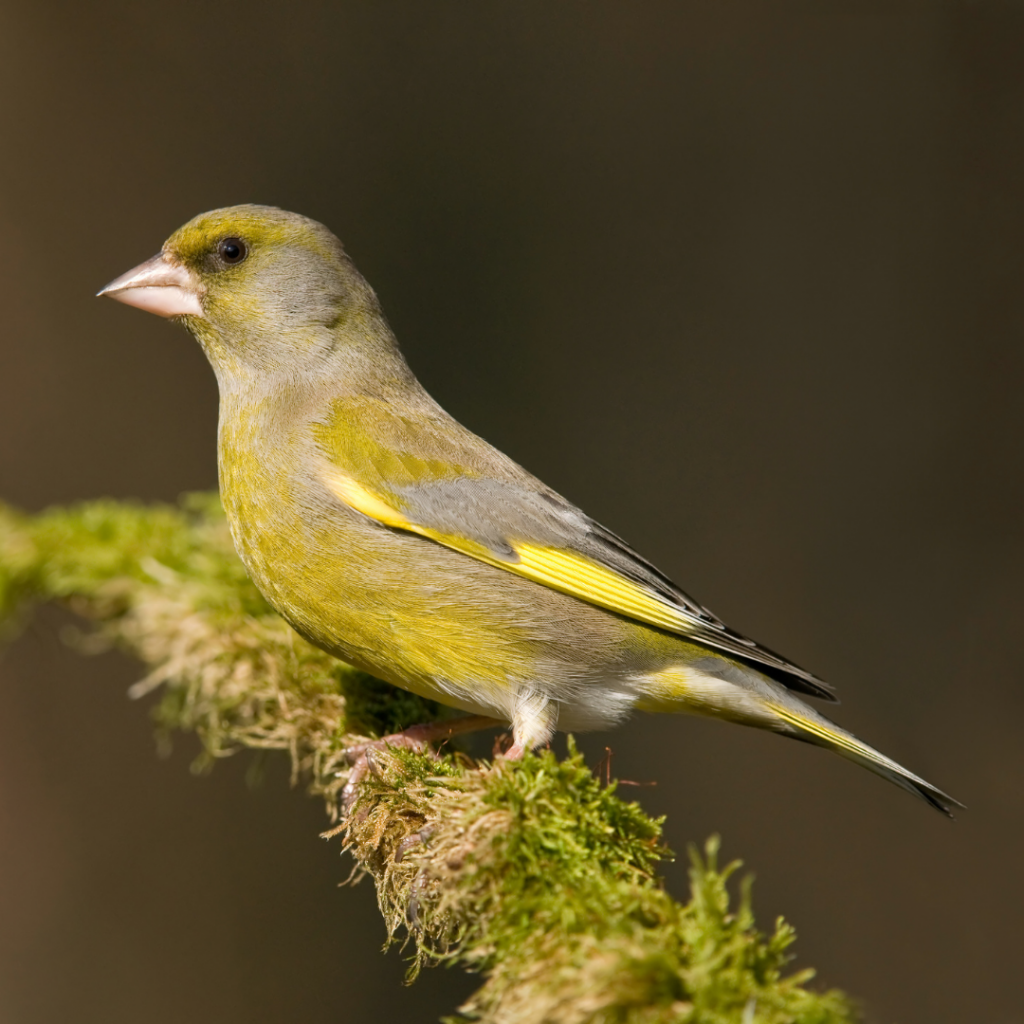
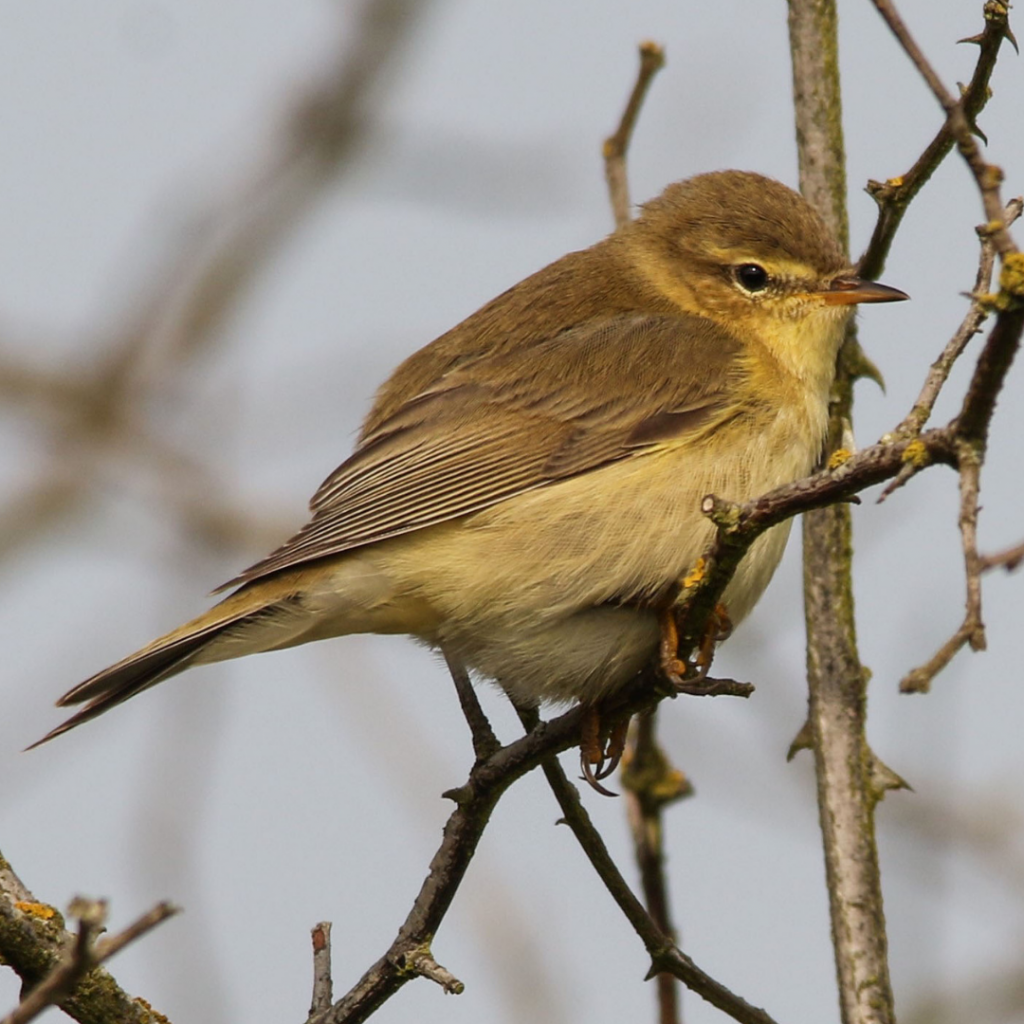
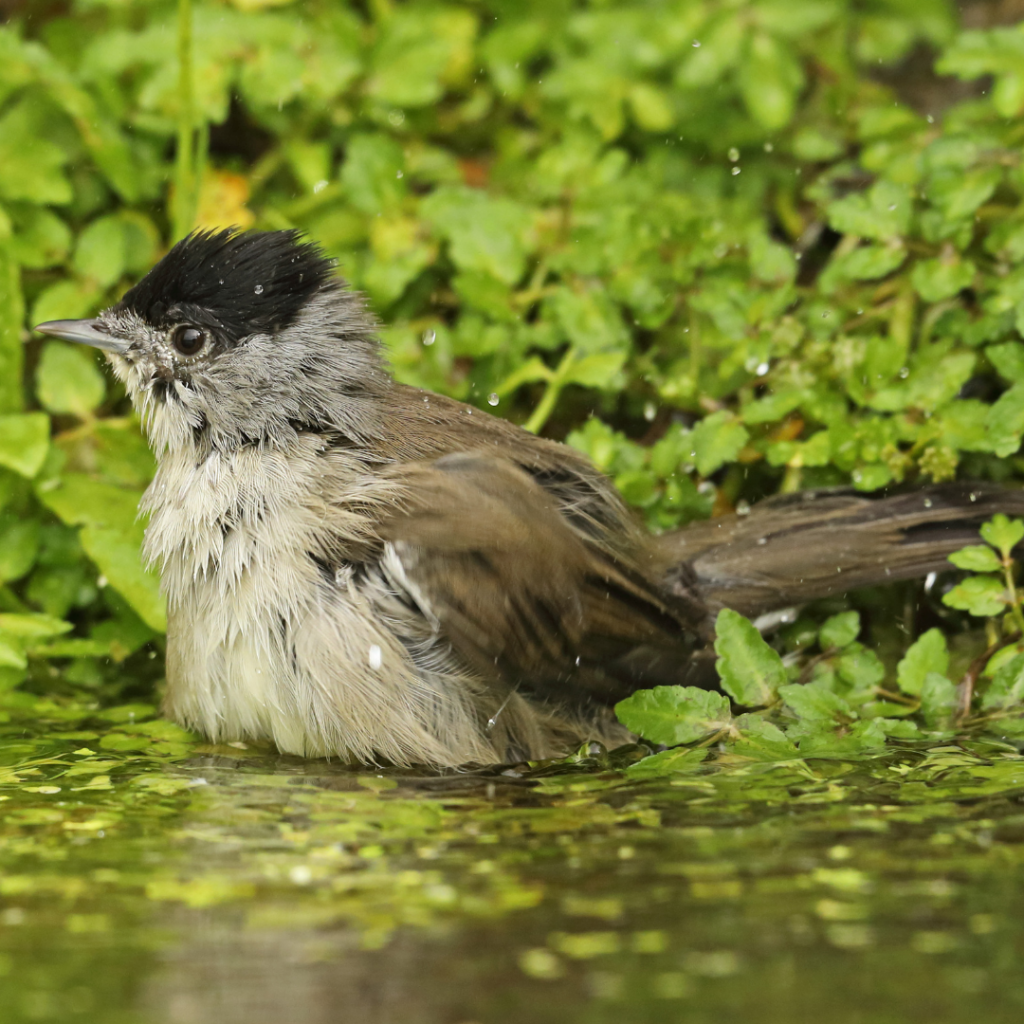
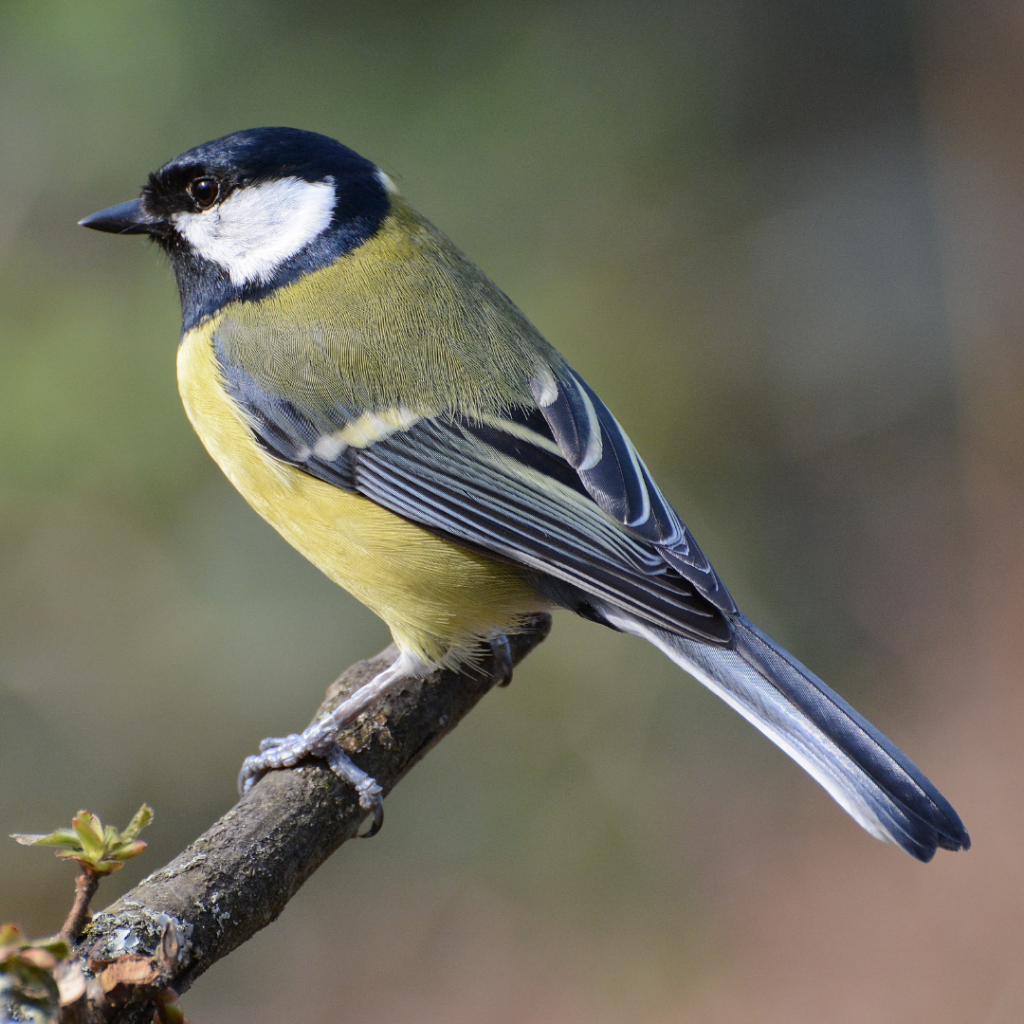
Why do birds sing more in spring?
Singing requires a lot of energy for birds, so it’s mainly the male songbirds that produce the music as they seek a female to mate with. Females tend to be attracted to the male that has the best voice as his skills indicate he will be able to defend their territory and help raise their young. Once a pair find each other, their singing may reduce, but birds will continue to sing if they need to establish and maintain their territory.

